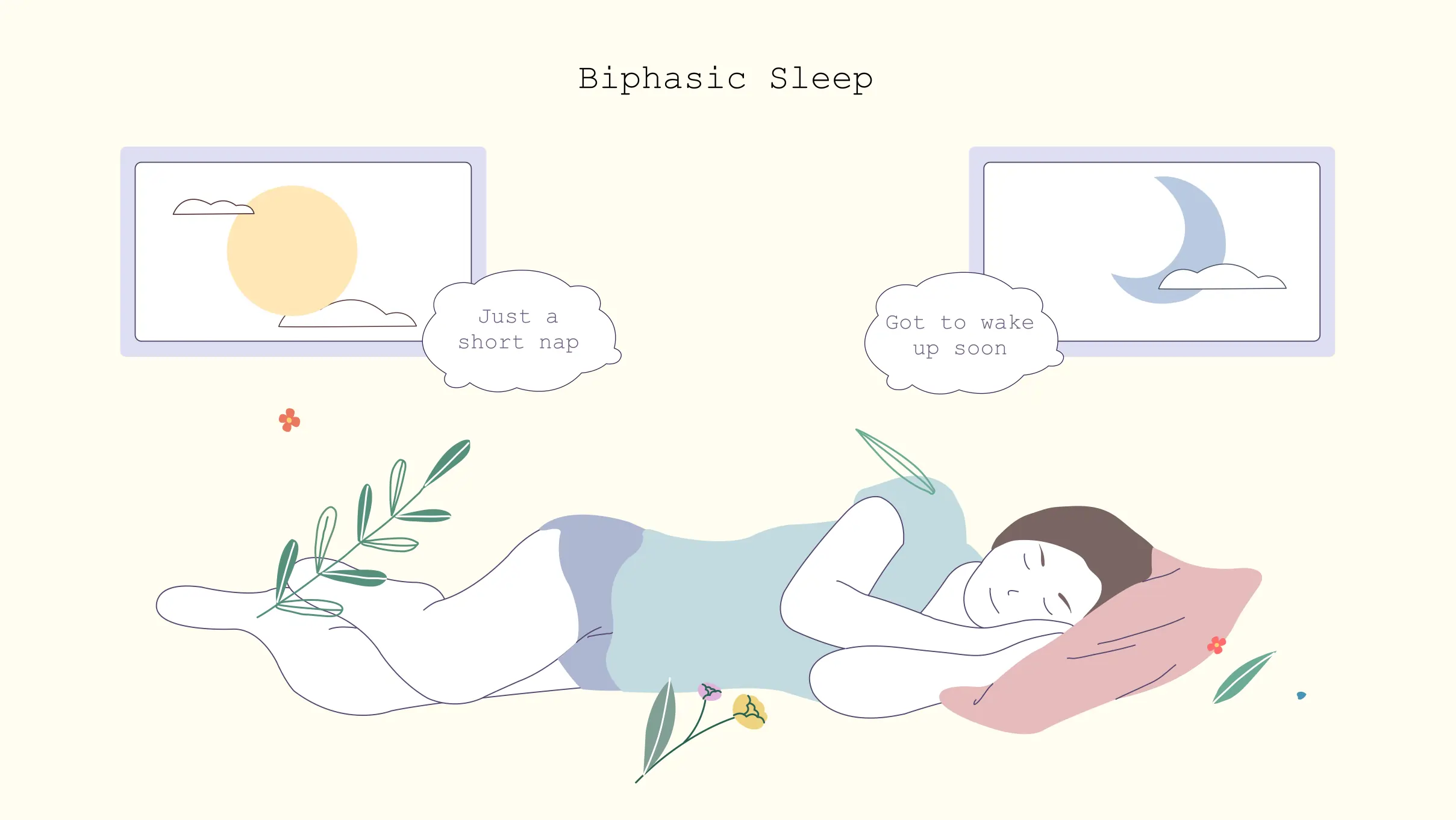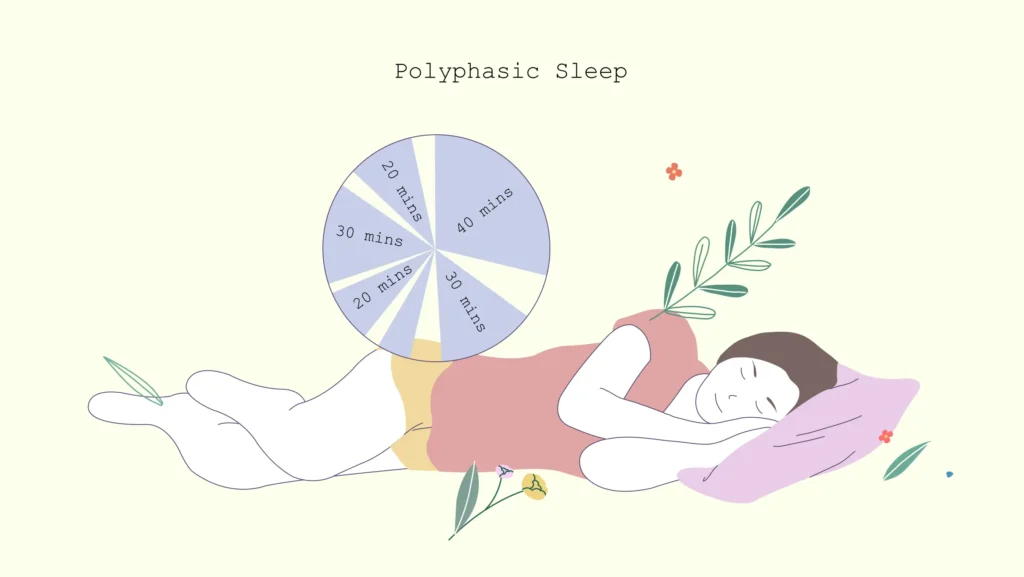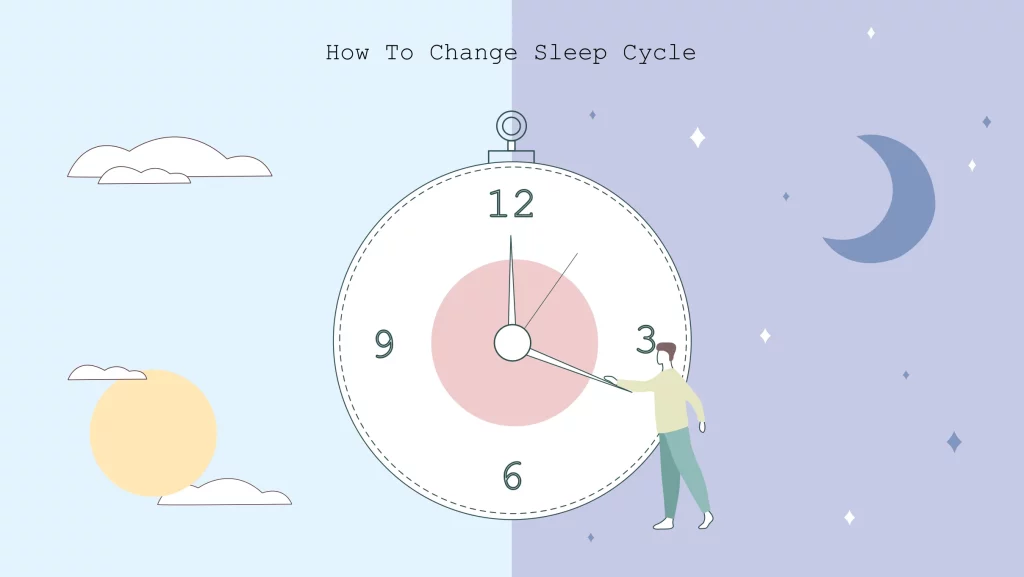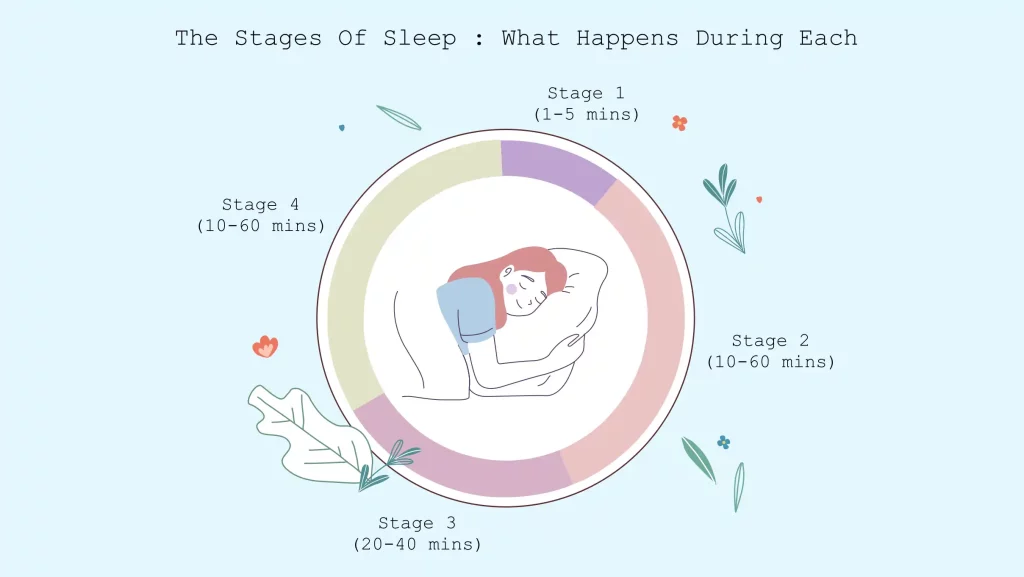Biphasic Sleep
Written by


Table Of Content
Biphasic sleep is when people sleep in two segments daily. Also known as bimodal, diphasic, segmented, and divided sleep, it can occur naturally in some people. Here, they may sleep longer at night and take naps. It is also possible that they divide their nighttime sleep into two segments. This article brings you all the details on biphasic sleep and biphasic sleep patterns.
What Is Biphasic Sleep?
Biphasic sleep or second sleep, is when you divide your slumber into two parts, such as a full-length sleep at night and afternoon naps. It is practised across several cultures. Many animals, birds, and insects are biphasic sleepers too.
Today, most individuals are monophasic sleepers, which means they sleep for 6 to 9 hours at a stretch. It is also believed that the modern workday industry has shaped this custom.
What Is a Biphasic Sleep Schedule?
A biphasic sleep schedule is when your sleep is divided into two daily segments. Some of the common variations are;
Siesta
In several parts of the world, siesta or afternoon naps are common. Even in Indian households, we see our grandparents or the elderly take a quick nap in the afternoon. The afternoon naps are usually 60 to 90 minutes, and people indulging in them may sleep for only five to six hours at night.
Short afternoon naps
Some people who follow a biphasic sleep schedule choose short afternoon naps of about 20 to 30 minutes and sleep for six to seven hours at night.
The original schedule
It is believed that the original biphasic sleep cycle in medieval times was divided into two parts in the night. The first sleep lasted from around 9 pm to 11 pm. The second sleep would occur after two to three hours.
Biphasic vs Polyphasic sleep
As aforementioned, biphasic sleep is when your sleep time is split into two parts. However, polyphasic sleep is when your sleep is segmented into more than two sleep schedules. While a few individuals believe that being polyphasic makes them more productive, it may also manifest naturally in some.
Biphasic Sleep vs. Monophasic Sleep
Biphasic sleep, as mentioned earlier, is when you divide your sleep schedule into two parts. However, monophasic sleep is to sleep only once at night at a stretch. It is usually termed as ‘normal.’ In fact, most office-going individuals follow a monophasic sleep schedule! It is also believed that we have transformed from a biphasic to a monophasic sleep schedule because of the invention of electricity.
What are some examples of biphasic sleep
Biphasic sleeping schedules can be adopted in different ways, with one common approach being the incorporation of afternoon naps, also known as “siestas.” This practice has cultural significance in certain regions like Spain and Greece.
One method involves sleeping for approximately 6 hours during the night and taking a short, 20-minute nap during the day.
Alternatively, another approach is to sleep for around 5 hours at night and have a longer nap of about 1 to 1.5 hours in the middle of the day.
Many individuals have reported positive experiences with biphasic sleep schedules, both in various articles and online communities. They claim that the inclusion of naps and the division of their sleep into multiple periods throughout the day helps them feel more alert and productive, allowing them to accomplish more tasks.
Benefits of Biphasic Sleep
Is biphasic sleep healthy? Is it the right choice for you? Take a look at all the benefits here.
Improve cognitive abilities
Some studies show that biphasic sleep can help you enhance sleep quality and improve cognitive function.
Increases productivity and mood
We have all heard how naps can be beneficial for your productivity. They almost work like rebooting your system. Brain activity, memory, and mood are believed to stay higher for those who nap.
Can regulate your circadian rhythm
When you follow a biphasic sleep cycle, you become more in tune with your body’s biological clock and follow its indication. However, in some, it can also lead to sleep deprivation.
Downsides to Biphasic Sleep?
While biphasic sleep is suitable for some, it can be dangerous for others as it can lead to sleep deprivation. And regular sleep deprivation can put you at risk of;
- Obesity
- Cardiovascular disease
- Cognitive difficulties
- Type 2 diabetes
A study conducted in 2012 and 2014 showed that napping in some children could not be the best for cognitive development if it affects nighttime sleep.
Tips for Starting Biphasic Sleep
If you are interested in transitioning to biphasic sleep, you can follow some of the tips below.
Choose a schedule
Regarding biphasic sleep, the first step is to create a schedule that suits you well. For instance, you can go to bed at 11 PM, wake up at 5 AM, and nap from 1 PM to 2:30 PM. You can also break your night into two segments. Now, try your new sleep schedule for at least a week to adjust to it.
Maintain a level of consistency
Make sure you maintain a level of consistency regarding your sleep schedule. Go to bed and wake up at the same time.
Curb your exposure to light
Before taking a nap, at least an hour or two before, reduce your exposure to the sun or any artificial light. It will boost melatonin levels.
Have a good sleep hygiene
Good sleep hygiene must be maintained throughout your sleep phases, which include;
- Have a consistent sleep schedule
- Keep your bedroom dark and cool
- Have a calming sleep routine
- Limit caffeine intake
- Breathing exercises before bed
- Hot shower before bed
- Avoiding electronic devices before bed
- Reading
What Kind of Sleep Is Best for Me?
It is believed that we followed a biphasic sleep pattern once upon a time and transitioned to monophasic sleep due to the evolving times. However, we all have different sleep needs, so you must see which works best for you. But before you make any radical changes, it is always best to consult your doctor.
Conclusion
Biphasic sleep can be a great alternative to a monophasic schedule. Several people have seen excellent benefits to segmented sleep. However, you must see what works well to avoid sleep deprivation.
FAQs
Is biphasic sleeping healthy?
Yes, biphasic can be healthy. However, if it is causing sleep deprivation, you must avoid it.
What is biphasic sleep?
Biphasic sleep is when your divide your sleep into two parts every day.
When did humans stop biphasic sleep?
It is believed to be around the 1920s.
Is sleeping 4 hours twice a day good?
Changing your sleep schedule immediately may be drastic. However, segmented sleep may be suitable for some but not for all. So, you can always speak with your doctor for more.
people like this article
Written by





